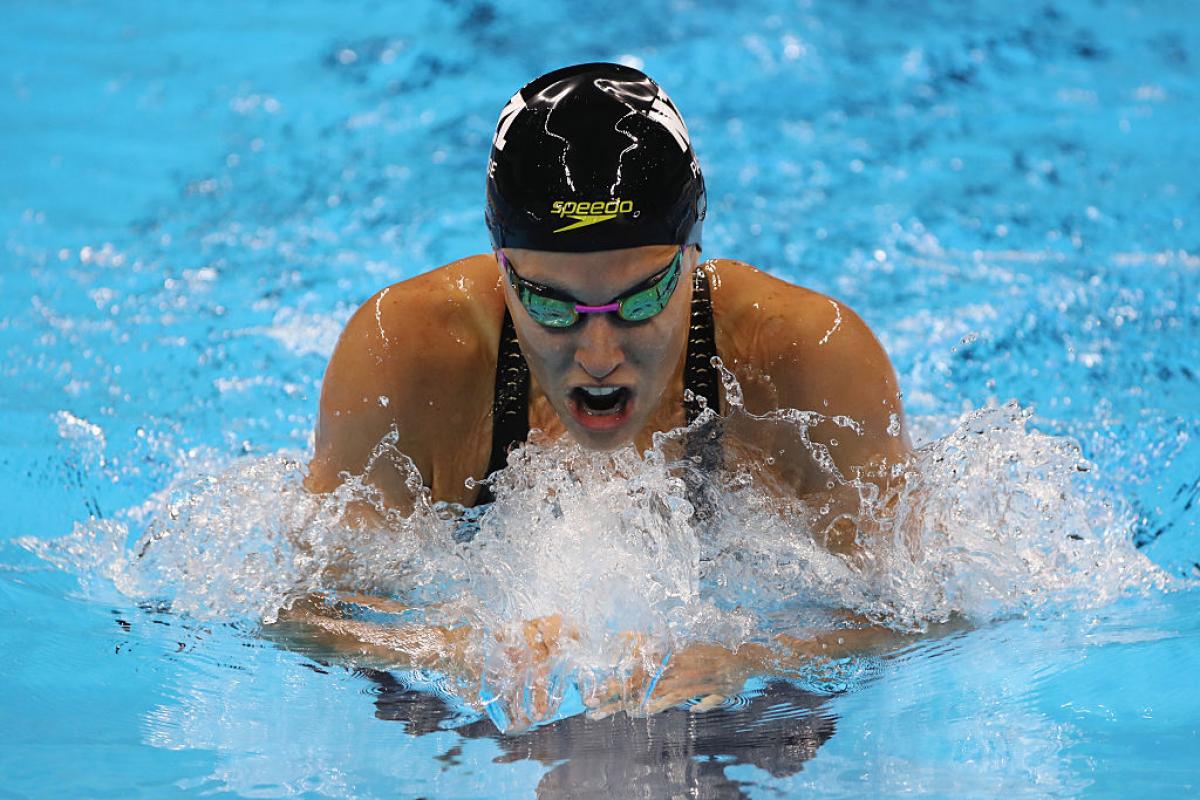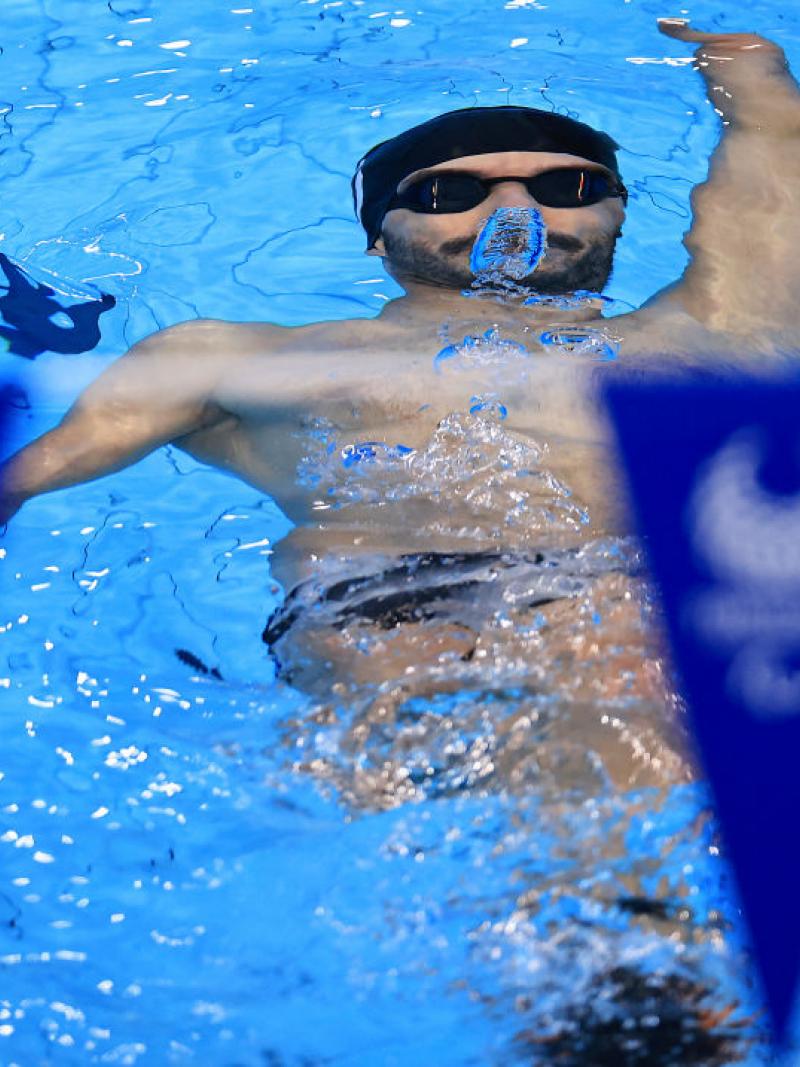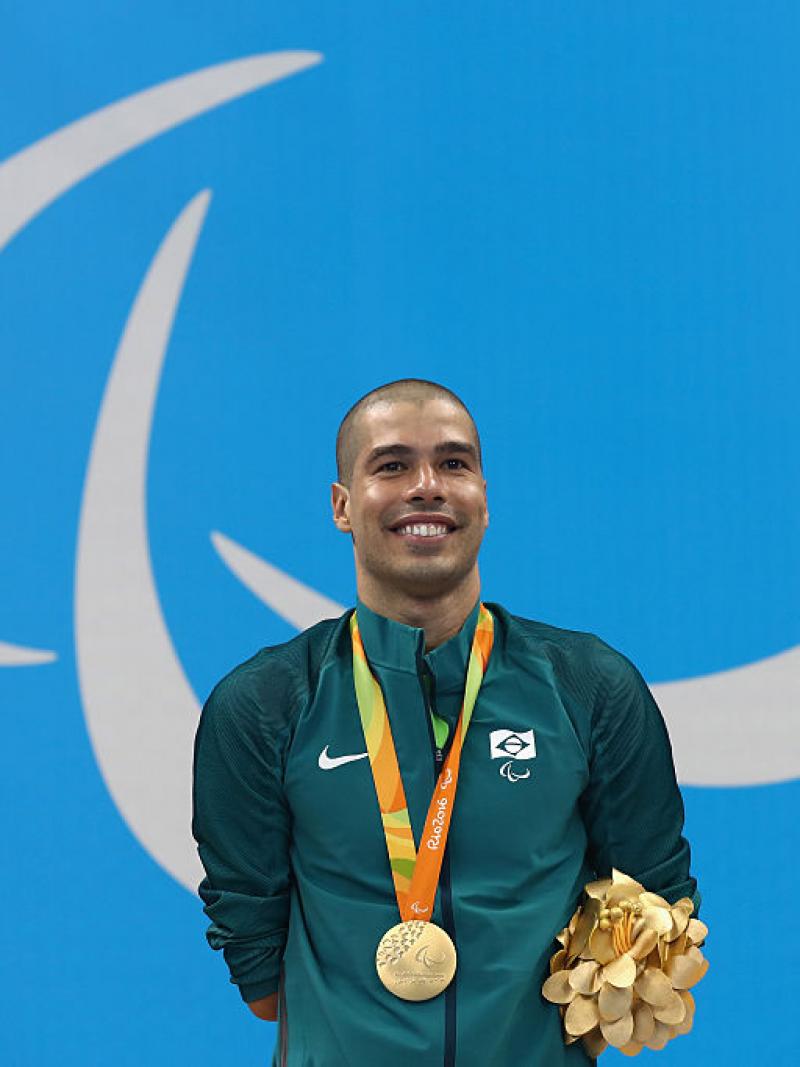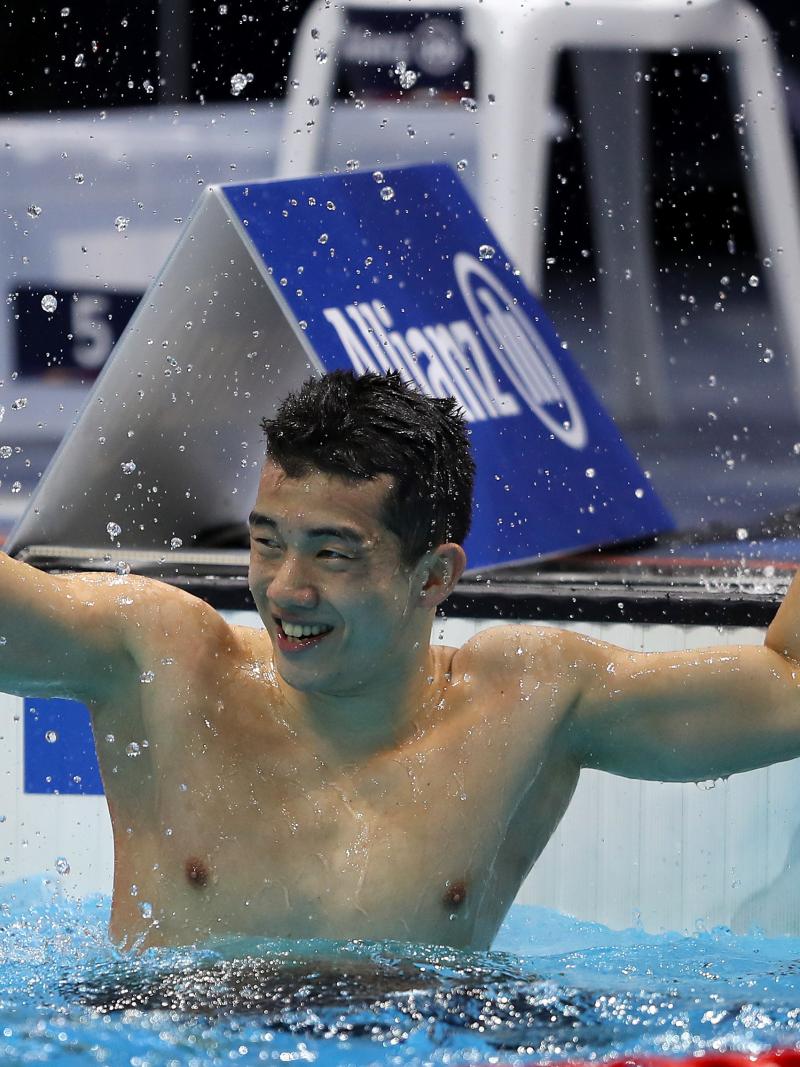Para swimming features star athletes in pursuit of records at Tokyo 2020 Games
Multimedallists such as Daniel Dias, Sophie Pascoe and Jessica Long seek to obtain a record number of medals at the Tokyo Aquatics Centre 24 Aug 2021
Several star athletes will take part in the Tokyo 2020 para swimming competition, that will take place at the Tokyo Aquatics Centre from August 25th to September 23rd. Among them are Brazil’s Daniel Dias, USA’s Jessica Long and Sophie Pascoe, from New Zealand.
The Brazilian nears the end of his career but has the chance to become the most decorated Paralympic male swimmer of all time at Tokyo 2020. Dias needs to add just three more golds to his current haul of 14 gold, seven silver and three bronze medals to move past record holder, Mike Kenny, who has won 16 golds.
His Paralympic debut came at Beijing 2008 with the Brazilian returning from China with nine medals (four golds, four silvers and one bronze). At London 2012, Dias won six golds out of six events at the London Aquatics Centre and added another nine medals to his tally in front of a home crowd at Rio 2016.
A host country hopeful is Japan's Takayuki Suzuki who won 50m backstroke SB3 and set a world record at Beijing 2008.
An athlete to watch among women is Pascoe. She will aim to build on her three gold and two silver medals from Rio 2016 and emerge as the most decorated Paralympian of her country. American Jessica Long, who is a 13-time Paralympic champion, is also looking to add to her 23 Games medals in total in S8.
There will be 620 athletes competing across 146 events: 76 male, 67 female and three mixed relay events. The first final will be this Wednesday, August 25th, with the men's 400m freestyle S9.
Para swimming is the second largest sport, behind athletics. It covers distances from 50 to 400 metres, plus 4x50 and 4x100 metre relays. Athletes are classified according to the type and extent of their impairment.
 Facebook
Facebook
 Instagram
Instagram
 Twitter
Twitter
 Youtube
Youtube



